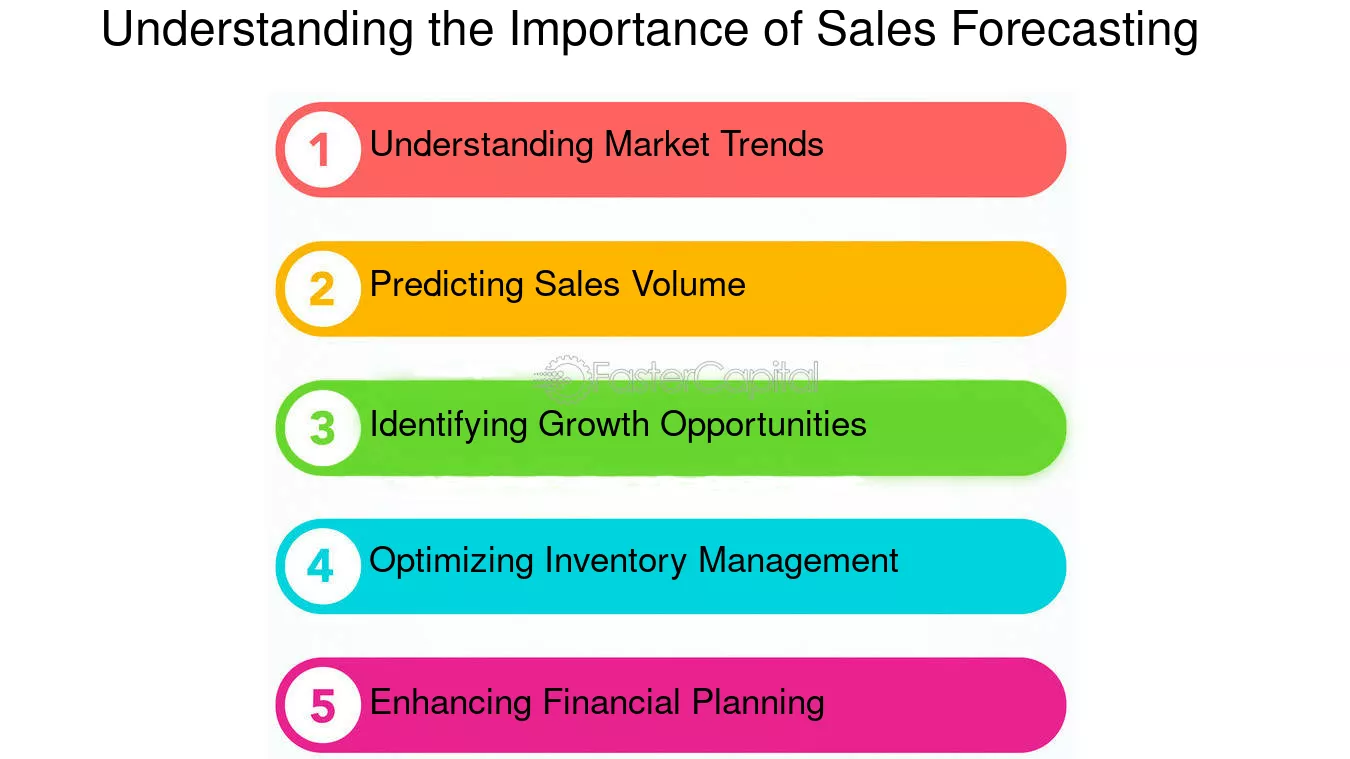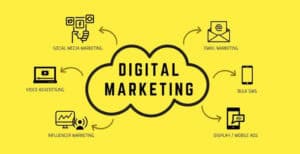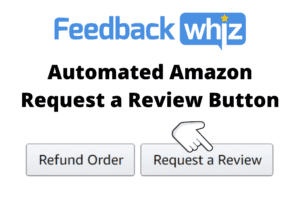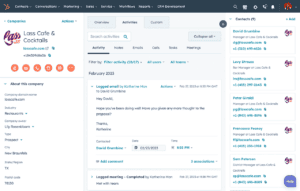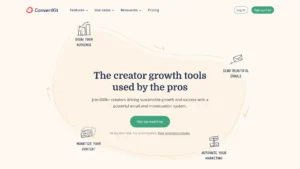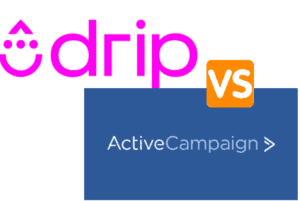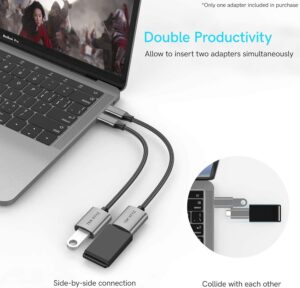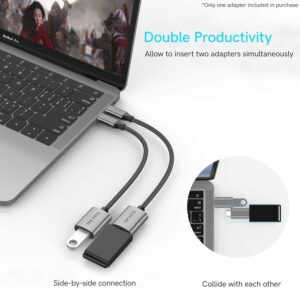Mastering Sales Forecasting: A Complete Guide to Predicting Revenue
Sales forecasting is a crucial element for every business, offering insights into future revenue, resource allocation, and strategic planning. In today’s data-driven world, mastering sales forecasting is more important than ever. With the right tools and strategies, your sales team can predict revenue with greater accuracy, allowing you to make informed decisions that drive growth.
Sales forecasting involves predicting future sales based on past performance data, market trends, and other factors. It helps businesses anticipate demand, manage inventory, allocate resources, and set realistic goals.
Why Sales Forecasting Matters
Accurate sales forecasting is the foundation for any business aiming to scale effectively. Without a reliable forecast, companies risk over or underestimating their sales potential, leading to missed opportunities or overcommitment. The insights gained from precise forecasts enable businesses to adjust their strategies and improve their overall performance.
Key Benefits of Sales Forecasting:
- Improved Planning: Helps align your sales goals with marketing, operations, and production, ensuring that the entire organization moves toward shared objectives.
- Better Resource Management: Anticipating demand helps businesses allocate resources more efficiently, from staffing to inventory.
- Increased Investor Confidence: Investors and stakeholders are more likely to support companies with reliable projections and growth forecasts.
- Smarter Decision Making: Data-driven decisions lead to better outcomes, reducing risks in expansion plans or new product launches.
Types of Sales Forecasting
Different methods of sales forecasting suit different types of businesses and goals. Below are the primary types of sales forecasting:
1. Historical Forecasting
This method relies on previous sales data to predict future performance. Historical data allows businesses to identify trends, patterns, and seasonality, offering a straightforward approach to forecasting. However, this method may not account for external factors like market changes or economic shifts.
2. Pipeline Forecasting
Pipeline forecasting uses data from your CRM system to project future sales based on where prospects are in the sales funnel. This approach offers a real-time snapshot of your current opportunities, helping to focus efforts on deals that are likely to close soon.
3. Length of Sales Cycle Forecasting
This method estimates the likelihood of closing deals based on the typical length of your sales cycle. For example, if your average sales cycle is three months, any opportunities nearing that timeline are more likely to convert into actual sales.
4. Multivariable Forecasting
One of the most accurate but complex methods, multivariable forecasting takes into account several factors, including historical data, pipeline activity, and market trends. It uses advanced analytics and AI to predict future sales more precisely.
How to Improve Sales Forecast Accuracy
While no forecast will ever be 100% accurate, there are steps you can take to improve the reliability of your predictions:
1. Track Historical Data
Make sure you are consistently tracking your sales data. The more data you have, the better your forecasts will be. Pay attention to trends, seasonality, and other recurring patterns in your sales history.
2. Integrate CRM Systems
CRM tools are invaluable for tracking real-time data from your sales pipeline. Ensure that your sales team consistently updates lead statuses, deal stages, and any significant interactions with prospects. This real-time data will improve your forecasts and give you a more accurate picture of upcoming sales.
3. Analyze External Factors
Be aware of market trends, economic shifts, and competitor activities that may impact your sales. These external factors can significantly affect your forecasts, so it’s essential to stay informed.
4. Improve Communication
Ensure that your sales, marketing, and operations teams are communicating effectively. Miscommunication can lead to inaccurate forecasts, especially if the sales team doesn’t provide timely updates on their opportunities.
5. Regularly Review and Adjust
Sales forecasting is not a one-time event. Regularly review your forecasts and adjust them as needed. Set aside time each quarter to assess the accuracy of your predictions and refine your process for the future.
Top Tools for Sales Forecasting
To make accurate forecasts, it’s essential to use the right tools. Below are some of the top tools to help you predict sales more effectively:
1. HubSpot CRM
HubSpot’s CRM includes robust sales forecasting features that offer real-time insights into your pipeline. It allows sales teams to track deals, manage forecasts, and set realistic goals. With its intuitive dashboard, you can easily track your forecast’s progress.
2. Salesforce
Salesforce is one of the most powerful CRM tools, offering detailed sales forecasting features that integrate with every aspect of your sales process. With AI-driven analytics, Salesforce helps you identify trends and predict future sales with greater accuracy.
3. Pipedrive
Pipedrive’s sales forecasting features provide a clear view of your sales pipeline, making it easier to predict future revenue. With its easy-to-use interface, sales teams can track deals and manage their forecasts effortlessly.
4. Zoho CRM
Zoho CRM offers advanced forecasting tools that help sales teams predict revenue based on real-time pipeline data. With its AI-powered insights, Zoho enables businesses to make data-driven decisions and plan for growth.
5. ActiveCampaign
ActiveCampaign’s CRM offers predictive analytics and forecasting features that help businesses forecast sales and track customer behavior. It integrates with email marketing tools, making it ideal for businesses that rely on email campaigns for lead generation.
Conclusion: Forecast Your Way to Sales Success
Sales forecasting is essential for any business looking to grow, scale, and make informed decisions. By using the right forecasting methods and tools, you can predict future sales more accurately and plan your next moves confidently.
Whether you’re using historical data, pipeline forecasting, or multivariable forecasting, the key to success lies in tracking real-time data, staying informed of external factors, and regularly reviewing your forecast to ensure accuracy.
With the tools mentioned above, like HubSpot CRM and Salesforce, your sales team can improve their forecasts, close deals more efficiently, and ultimately drive more revenue for your business.
FAQs
What is sales forecasting?
Sales forecasting is the process of predicting future sales based on historical data, current sales pipeline information, and market trends.
Why is sales forecasting important?
Sales forecasting helps businesses plan for the future by predicting revenue, managing resources, and setting realistic sales goals. Accurate forecasts also instill confidence in investors and stakeholders.
How can I improve my sales forecast accuracy?
Improving forecast accuracy involves tracking historical data, using real-time CRM tools, analyzing external factors, and regularly reviewing and adjusting forecasts as needed.
What are the different types of sales forecasting?
The most common types include historical forecasting, pipeline forecasting, length of sales cycle forecasting, and multivariable forecasting.
Which tools are best for sales forecasting?
Popular tools for sales forecasting include HubSpot CRM, Salesforce, Pipedrive, Zoho CRM, and ActiveCampaign. These tools offer robust features that help you track data and predict sales with accuracy.
Top Tools to Simplify and Scale Your Sales Forecasting
- HubSpot CRM: With intuitive tracking and forecasting features, HubSpot CRM gives sales teams real-time insights into their pipeline, helping them manage and predict future revenue.
- Salesforce: Salesforce’s advanced AI-driven analytics provide comprehensive forecasting capabilities, allowing businesses to predict sales based on real-time data and trends.
- Pipedrive: Pipedrive simplifies sales forecasting by offering an easy-to-use interface that allows sales teams to track deals, manage forecasts, and optimize their sales process.
- Zoho CRM: Zoho’s AI-powered forecasting tools offer accurate insights into sales trends, helping businesses predict revenue and plan for growth.
- ActiveCampaign: With predictive analytics and powerful forecasting features, ActiveCampaign helps businesses forecast sales and track customer behavior.
Keywords: sales forecasting, sales pipeline, revenue prediction, CRM tools, predictive analytics, sales forecast accuracy, sales trends

